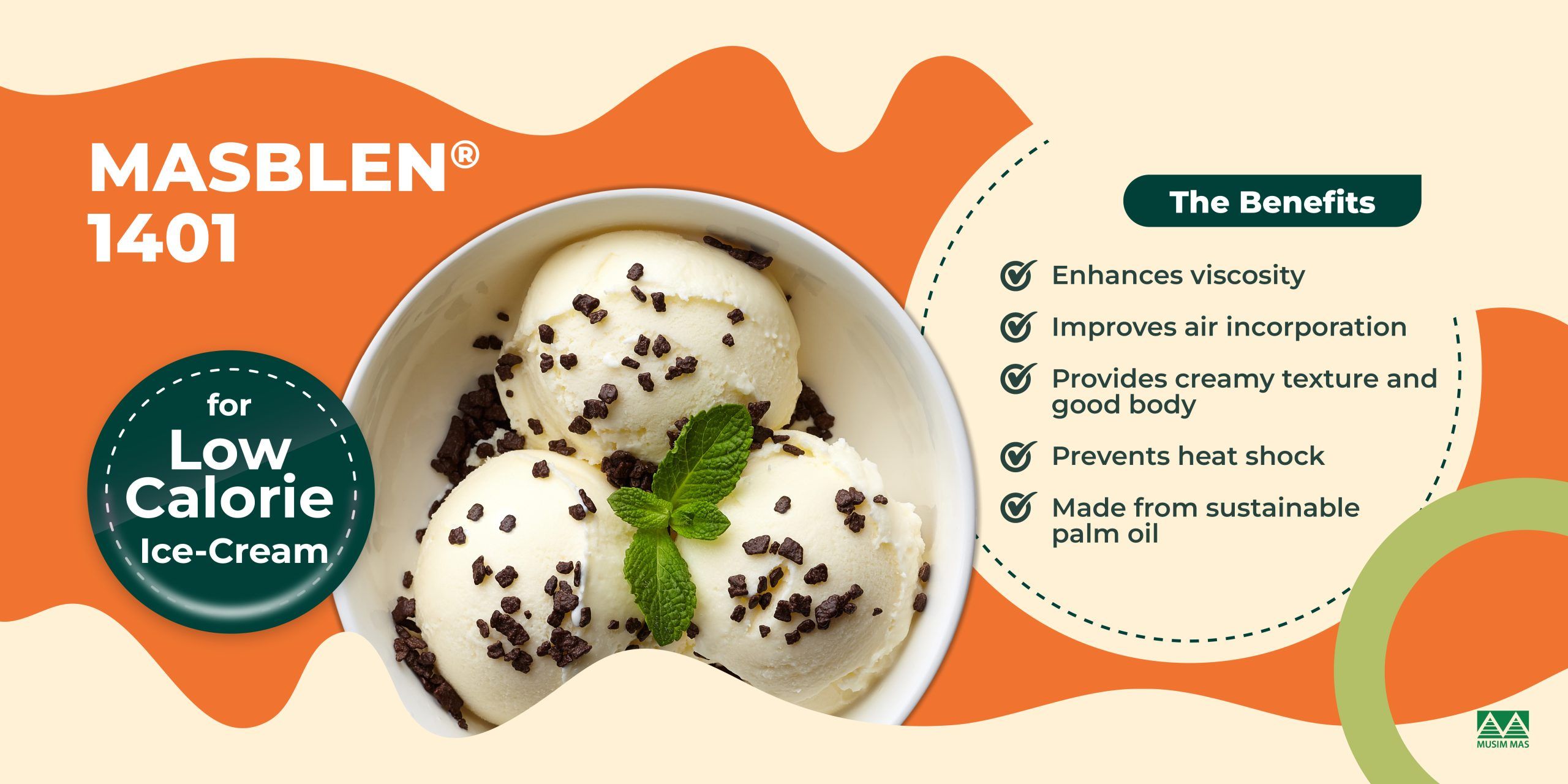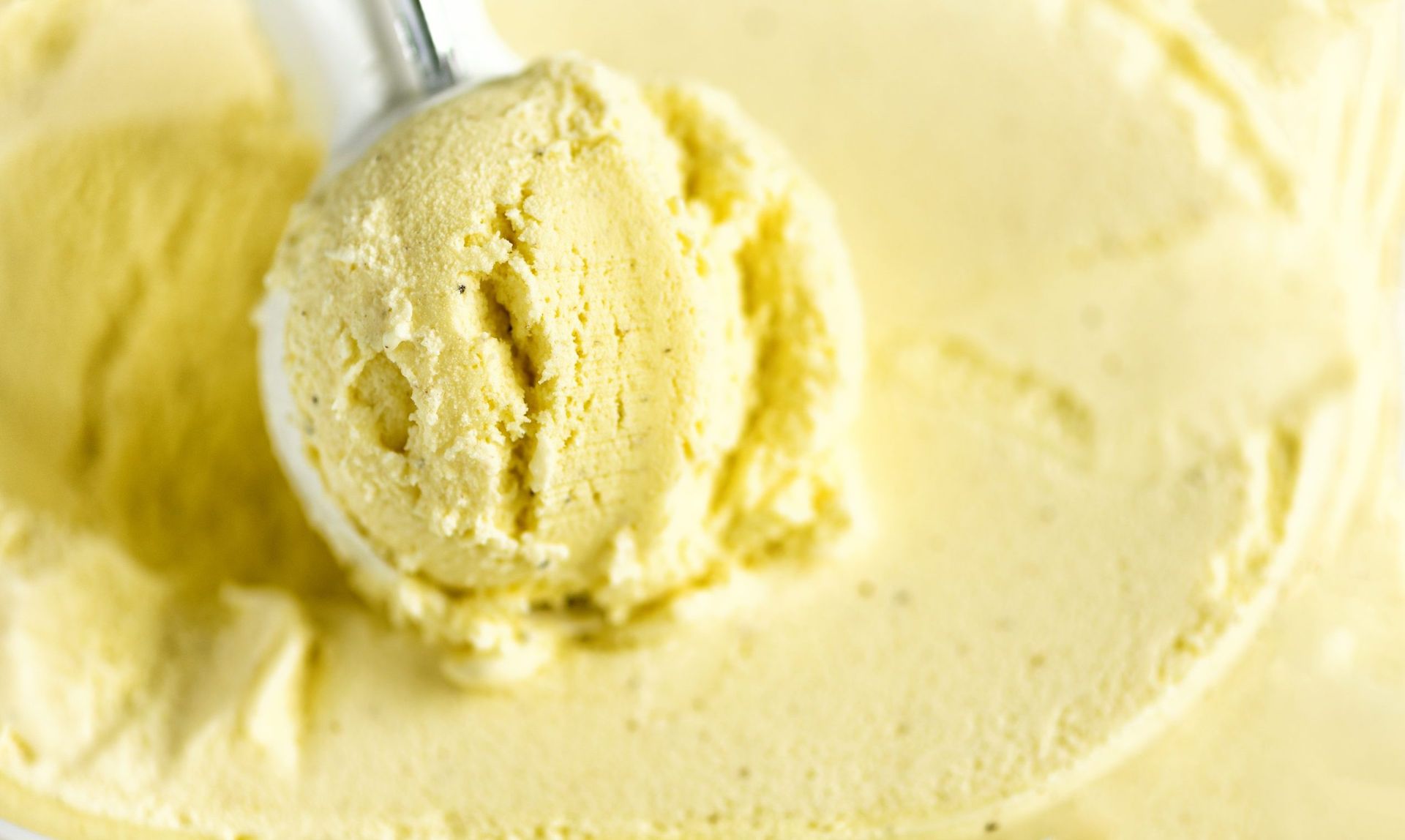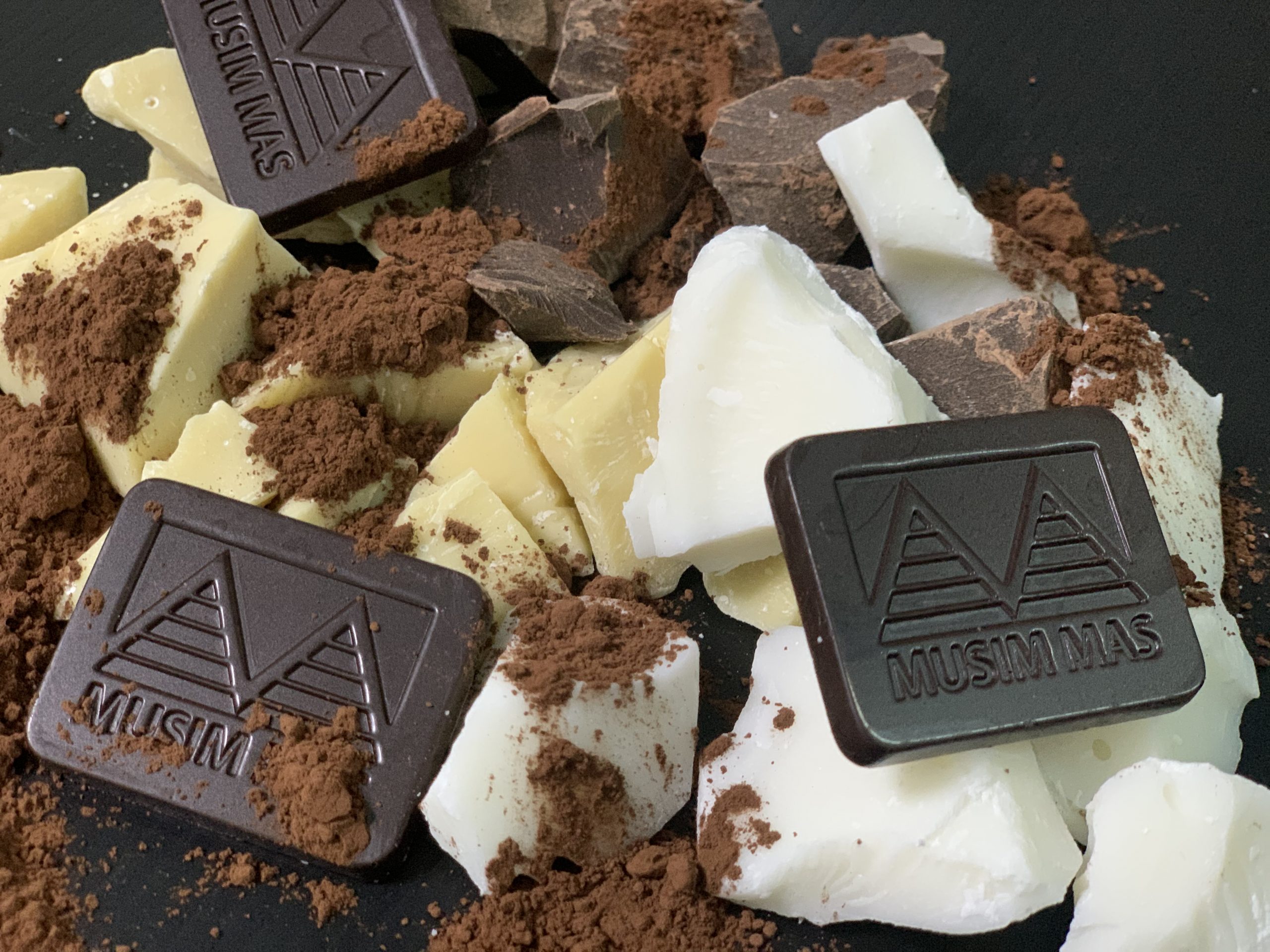The ice cream market has traditionally gravitated towards lavish options, as exemplified by the world’s most expensive ice cream. The flavor – Cellato’s infamous ‘Byakuya’ – is priced at an astounding $6,696 for just 4.3 ounces. This is responsive to demands for decadent indulgence.
According to the International Dairy Foods Association, 1.38 billion gallons of ice cream were produced in the U.S. in 2022; it is the most popular among frozen desserts. Due to the increased demand for this dessert, Fortune Business Insights projected the global ice cream market to reach $104.96 billion in 2029—that’s a 46% increase from $71.52 billion in 2021.
Factors Driving the Demand for Healthier Ice Cream
One key trend is the rising demand for guilt-free ice cream. High lactose intolerance prevalence, as seen in India, bolsters the demand for vegan alternatives. Furthermore, 60% of North America’s population prefers healthier confectionery, desserts, and ice cream. This number of people contributes to an anticipated 3.5% CAGR from 2022 to 2030.
Compared to guilt-free ice cream, the usual ice cream people consume usually has little to no health benefits. The surge in the production of fortified food that offers more than just basic nutrition has heightened this trend. Health concerns are also significant drivers of another trend- for low-calorie ice cream. This, however, is just one facet of a broader array of factors, including:
Diabetes Statistics
It is estimated that about 537 million adults around the world live with diabetes as of 2021. Diabetics must carefully consider their ice cream’s carbohydrate, calorie, and fat content apart from the serving size for health reasons. This emphasizes the industry’s drive to address these dietary restrictions while formulating their products.
Government Regulations
Legal stipulations significantly influence ice cream production from start to finish, with specific laws dictating ingredient quantity to product labeling and marketing. The following requirements have a significant effect on both ice cream production and how people consider a product.
- Ingredients: In compliance with the US Code of Federal Regulations, Title 21, ice cream must contain at least 10% milkfat and no less than 20% total solids. Everything must result in a minimum weight of 4.5 pounds per gallon, of which 1.6 pounds should be total solids.
- Labeling: Products labeled as ice cream must contain at least 10% milkfat, while reduced fat ice cream contains 25% less milkfat. Light ice cream provides a minimum of 50% less milk fat. While low-fat ice cream needs a maximum of 3g of total fat per 1/2 cup serving, nonfat ice cream contains less than 0.5g of total fat per serving.
- Marketing and Advertising: The global push for responsible marketing, including that of the World Health Organization, promotes healthier food choices. This might influence consumer preference in choosing frozen desserts/products.
Aside from everything mentioned above, it’s worth noting that some guilt-free ice cream producers emphasize environmental sustainability within their product line. For instance, Breyers’ released an oat milk-based variety, while Alec’s Ice Cream uses organic and carbon-neutral ingredients for its climate-conscious offerings.
The Challenge for Producers
Creating the best low-calorie ice cream out there is one thing, but mimicking the creaminess, mouthfeel, and body of traditional ice cream is a significant challenge. Adjusting the recipes to reduce calories without sacrificing these aspects of the eating experience is a complex task for food producers. They must also adapt formulations while maintaining high customer satisfaction.

How the Right Emulsifier Blends Can Help
In the pursuit of creating exemplary low-calorie ice cream, producers should consider solutions such as the right blend of emulsifiers and hydrocolloids specifically developed for low-calorie ice cream production.
Musim Mas’ MASBLEN® 1401 support low-calorie ice cream and even assists in enhancing mix viscosity and air incorporation, resulting in a creamy texture and good body—vital for an authentic ice cream mouthfeel. Consequently, it simplifies the production process of low-calorie ice cream variants.
Even better, it also offers excellent melting resistance and safeguards against damage from heat shock, which are vital factors for maintaining consistent ice cream quality.
Introducing: The Novel IDEAS Center
We at Musim Mas go the extra mile in assisting food producers across the globe with our application laboratories at the Novel IDEAS Center.
This place is dedicated to developing new solutions for using sustainable palm oil-based functional blends and specialty fats that address various industry needs. Our overarching goal here is to create new formulations that keep pace with emerging food and beverage trends and bring innovative market opportunities closer to their customers through strategic partnerships.
Staffed with application specialists, the Novel IDEAS Center provides hands-on assistance for food producers in trialing and refining their product formulations. This collaborative approach accelerates the product development process and ensures high-quality and market-ready guilt-free ice cream. This state-of-the-art R&D and innovation facility, a critical component of Musim Mas Holdings’ global strategy, is strategically located in Singapore Science Park.
As a leading sustainable palm oil producer, Musim Mas was the first Indonesian palm oil major to join the Roundtable on Sustainable Palm Oil (RSPO) in 2004, and the first to be verified by the Palm Oil Innovation Group (POIG) in 2019. Musim Mas offers RSPO-certified MASBLEN®. In addition, all of Musim Mas’ palm oil and derivative products are non-GMO.









